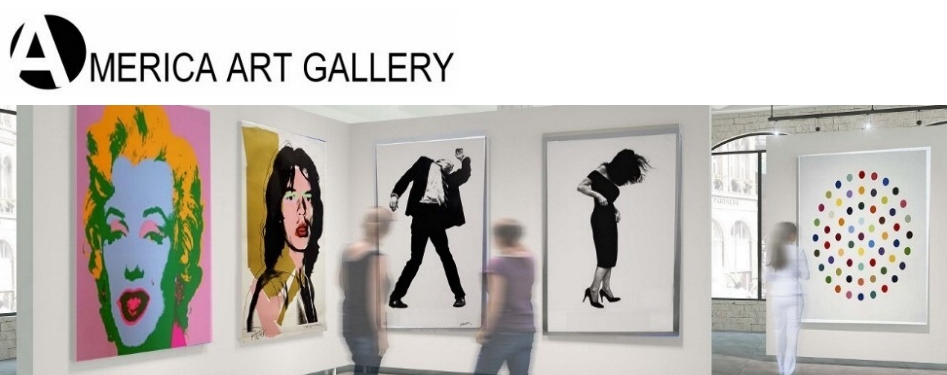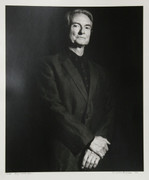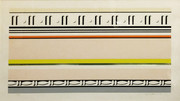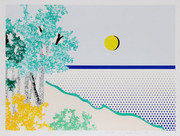 Loading... Please wait...
Loading... Please wait...Categories
- ART PICKS
- ART BEST SELLERS
- ART WHATS NEW
- Artwork9
- ALL ABOUT ART
- FINE ART
- ABOUT US
- Pop Art
- Artwork
- Artwork2
- Artwork4
- Artwork5
- Artwork6
- Artwork7
- FEATURED ARTISTS
- Agam, Yaacov
- Andy Warhol
- Andy Warhol Screenprints
- Andy Warhol Sunday B Morning
- Basquiat
- Calder, Alexander
- Chagall, Marc
- Dali, Salvador
- David Hockney
- Donald Sultan
- Edward Hopper
- Erte
- Kaws
- Matisse
- Miro
- Jackson Pollock
- Jasper Johns
- Jeff Koons
- Jim Dine
- Julian Opie
- Keith Haring
- Damien Hirst
- Kostabi, Mark
- Peter Max
- Mark Rothko
- Picasso, Pablo
- Pino
- Robert Indiana
- Robert Longo
- Ramos, Mel
- Rauschenberg
- Rembrandt
- Rosenquist, James
- Roy Lichtenstein
- Steve Kaufman
- Tarkay
- Tom Wesselmann
- Van Gogh, Vincent
- Vasarely, Victor
- Zox, Larry
- PHOTOGRAPHY
- SCULPTURES
- VOGUE
Shop by Price
Our Newsletter
- Home
- FEATURED ARTISTS
- Roy Lichtenstein
Roy Lichtenstein
Roy Lichtenstein
Robert Lichtenstein (b. 1923- 1997 New York NY) An American painter who was a founder and foremost practitioner of Pop art, a movement that countered the techniques and concepts of Abstract Expressionism with images and techniques taken from popular culture. During the 1960s his paintings were exhibited at the Leo Castell Gallery in New York City and along with Andy Warhol, Jasper Johns, James Rosenquist and others he became a leading figure in the new art movement. His work defined the basic premise of pop art genre. He also taught at New York State University College, and Rutgers University.
At the start of his artistic career, Lichtenstein painted themes from the American West in a variety of modern art styles; he dabbled in 1957 even in Abstract Expressionism, a style he later reacted against. His interest in the comic-strip cartoon as an art theme probably began with a painting of Mickey Mouse and Donald Duck he made in 1960 for his children. Although he was initially dissatisfied with his technique and uncomfortable with direct appropriation, he took great pleasure in presenting well-known comic strip figures in a fine art format. He increased the size of his canvases and began to manipulate to his own ends the graphic and linguistic conventions of comic strips. He developed a detached, mass-produced effect by outlining areas of primary color with thick black lines and using a technique that simulated benday screening (a dot pattern used by engravers).
Lichtenstein’s first one-man show, held in New York City in 1962, was great commercial success, and his innovative work found an international audience. In 1966 he became the first American to exhibit at London’s Tate Gallery. His work can be seen today in the exhibitions and collections of major museums around the world.











